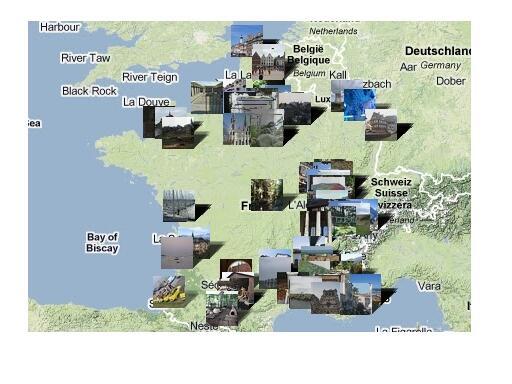25,000-year-old cave paintings and Burgundy wine bid for World Heritage status
A cave containing 25,000-year-old paintings and the climats of one the world’s most famous wine regions are France’s candidates to be added to the UN’s World Heritage status in 2013. France’s Culture Ministry this weekend decided to back bids by the grotte Chauvet (Cave of Chauvet) and Burgundy wine-growers for places on the list.
Issued on: Modified:

France already has 37 sites on the heritage list and in a bold move in 2010 convinced the UN’s Paris-based cultural arm, Unesco, to recognise French cuisine as an aspect of world culture that must be treasured and preserved.
Nine wine regions are already Unesco cultural heritage sites:
- St-Emilion (Bordeaux) and the Loire in France;
- Tokaj in Hungary;
- Wachaum in Austria;
- The Rhine in Germany;
- Cinque Terre in Italy,
- The Douro Alto in Portugal;
- Pico Island in the Azores;
- Lavaux in Switzerland.
The climats of Burgundy’s Côte d’Or region – which stretches from Dijon to Beaune and includes famous crus such as Vosne Romanée and Montrachet - may strike some as an equally daring candidate, not least because they are so hard to define.
The term, which is unique to Burgundy, doesn’t exactly mean climate, although that comes into it.
It refers to traditions of vine-growing and wine-making that its defenders claim go back 2,000 years and is linked to the French wine-makers’ concept of terroir – the properties of an individual vineyard as manifested in its wine.
It covers a combination of factors including geology, grape varieties, microclimate, soil and wine knowledge, all of which must be assembled behind the traditional walls that surround Burgundy’s lieux-dits, the small parcels of vineyard owned by individual Burgundy wine-makers.
The Côte d’Or contains 1,247 climats.
Burgundy’s Pinot Noir for red and Chardonnay for white are benchmarks for world wine.
In the hope that heritage status will boost its already thriving wine tourism, the region earmarked an annual budget of 400,000 euros to back its bid in 2011, 2012 and 2013, according to Decanter magazine.

The Chauvet Cave, in the southern Ardèche region, may prove an easier sell, to the public if not to Unesco.
Discovered in 1994 by cavers Jean-Marie Chauvet, Éliette Brunel and Christian Hillaire, the cave contains paintings that date back between 25,000 and 37,000 years, among the oldest artworks in the world.
They constitute “one of the most remarkable and fascinating examples of cave art”, the ministry declared when backing the bid.
The cave is now closed to the public because of the deterioration they had suffered but a limited number of “witnesses” are allowed to visit them.
Among them was cinema director Werner Herzog, who filmed Cave of forgotten dreams about the site in 2011.
Bid organisers stressed that they still had “plenty of work” ahead of them to convince Unesco after winning the culture ministry’s backing.
Daily newsletterReceive essential international news every morning
Subscribe